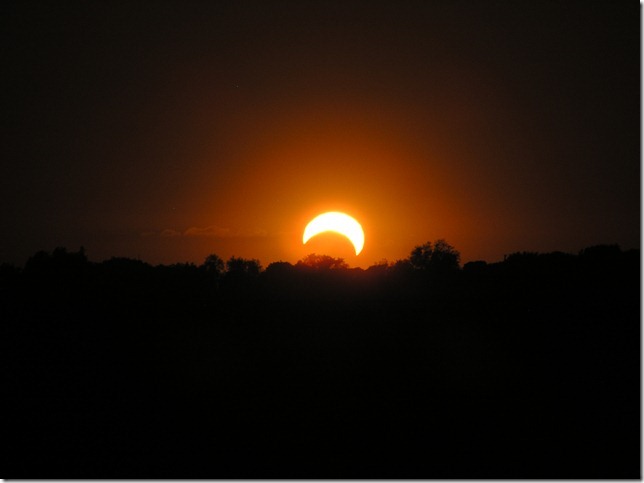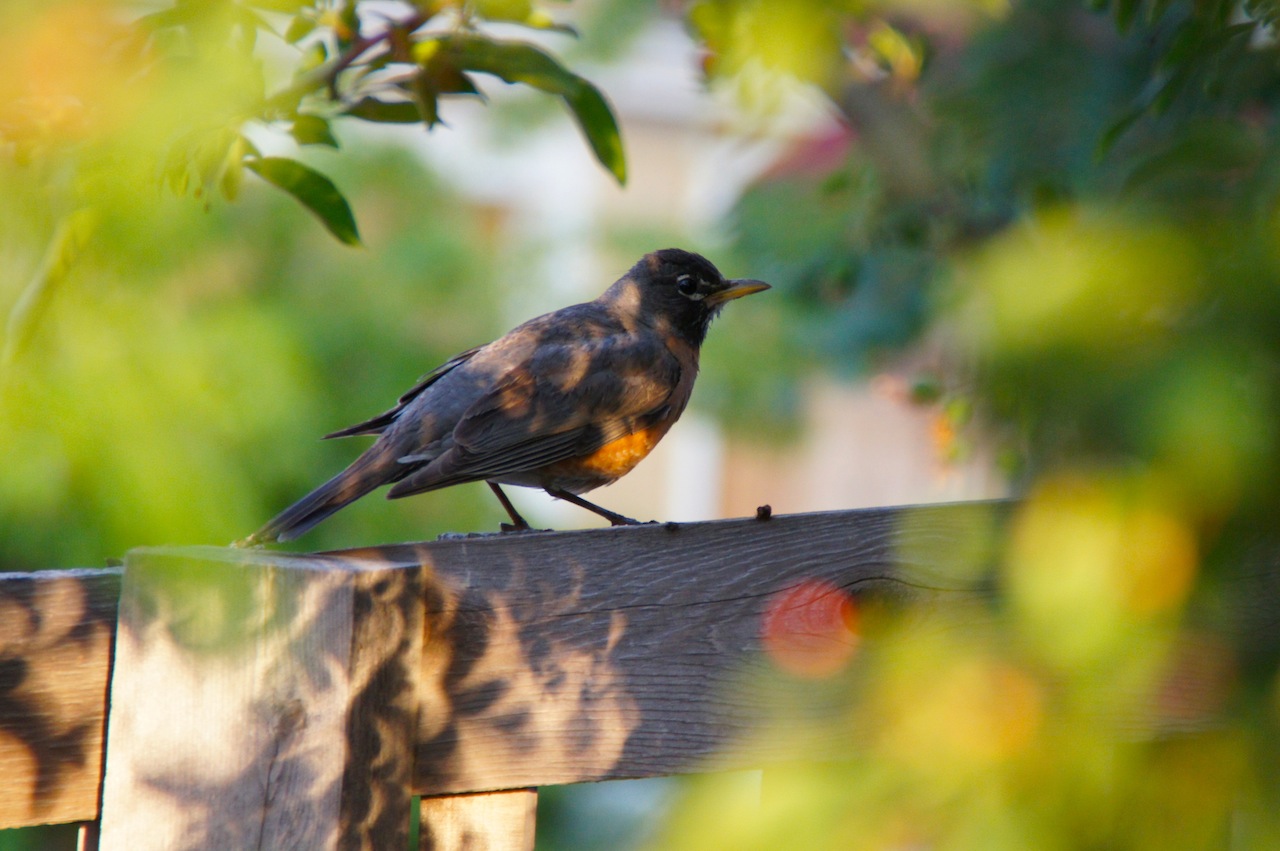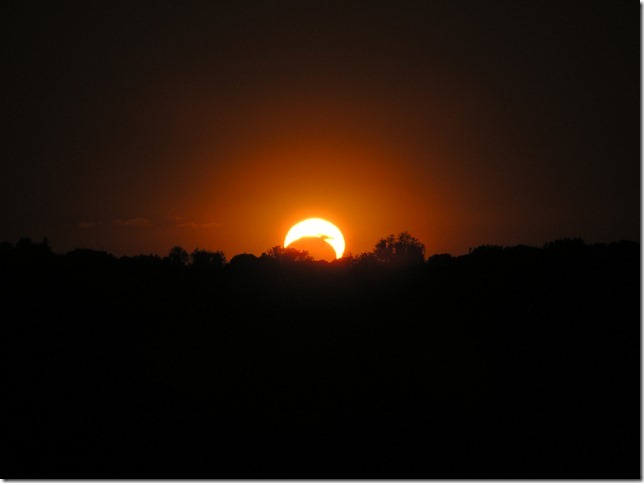Rare 'Ring of Fire' Solar Eclipse: First Photos

A spectacular solar eclipse treated skywatchers around the world to dazzling celestial views Sunday (May 20), as the moon wandered between Earth and the sun, leaving a "ring of fire" in the sky.
A so-called annular solar eclipse was seen across the globe from late afternoon to early evening, beginning in East Asia and traveling across to the western United States. In an annular solar eclipse, the moon does not completely block the sun, but leaves a fiery ring around its circumference.
Observers along a narrow path were well placed to see the full annular solar eclipse, but skywatchers elsewhere (with the exception of the U.S. East Coast) caught a stunning partial eclipse. At its peak, the moon covered roughly 94 percent of the sun's light.
The eclipse was first visible in East Asia before crossing the northern Pacific Ocean and putting on a show for skywatchers in the western and central United States. [Annular Solar Eclipse of May 20 (A Photo Guide)]
"I captured some great eclipse shots using a dual pane of glass to catch the eclipse reflection while being back lit from the sun itself," David M. told SPACE.com in an email. "I also captured some reflections and shadows showing the eclipse crescent while capturing a robin."
Skywatcher Sam Border snapped stunning pictures of the eclipsed setting sun from Blue Grass, Iowa. The crescent-shaped sun is visible above dark treetops, casting warm, orange light in all directions.
Further west, skywatchers in Arizona also enjoyed the rare view.
Breaking space news, the latest updates on rocket launches, skywatching events and more!
"Smoke from a wildfire north of Phoenix produced a haze of smoke over the northern suburbs of the city, giving the sunlight an orange tint as the eclipse unfolded," one skywatcher told SPACE.com. "The sky took on the look of sunset — whether from the smoke, or the moon blocking the sun, or both — even as the sun remained well up in the western sky."
In Boulder, Colo., astronomers at the University of Colorado hosted what they called the world's largest solar eclipse viewing party. The event attracted some 13,000 skywatchers, who spied the eclipse through the clouds.
"It was cloudy here, but the sun peeked through every few minutes," said LiveScience senior writer Stephanie Pappas, who was covering the event for SPACE.com. "So clouds were a pain, but we did catch the maximum, partly."
Casey Cass, a photographer for the University of Colorado, snapped photos of the crowd as they gazed up at the sun using special solar eclipse glasses.
Skywatcher Derek Meche saw the eclipse from Lafayette, La. Only part of the eclipse was visible, he said, but he took several photos with his Nikon D90 camera.
Meche's images show the moon taking a bite out of the orange sun against the evening sky.
You can follow SPACE.com staff writer Denise Chow on Twitter @denisechow. Follow SPACE.com for the latest in space science and exploration news on Twitter @Spacedotcom and on Facebook.
Join our Space Forums to keep talking space on the latest missions, night sky and more! And if you have a news tip, correction or comment, let us know at: community@space.com.

Denise Chow is a former Space.com staff writer who then worked as assistant managing editor at Live Science before moving to NBC News as a science reporter, where she focuses on general science and climate change. She spent two years with Space.com, writing about rocket launches and covering NASA's final three space shuttle missions, before joining the Live Science team in 2013. A Canadian transplant, Denise has a bachelor's degree from the University of Toronto, and a master's degree in journalism from New York University. At NBC News, Denise covers general science and climate change.



